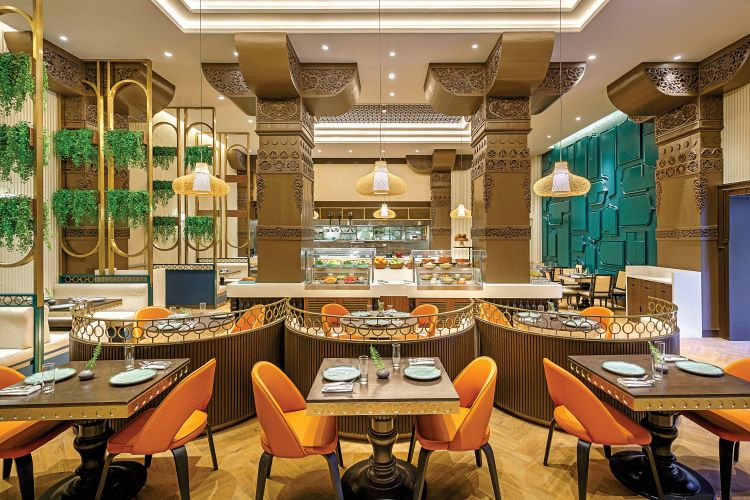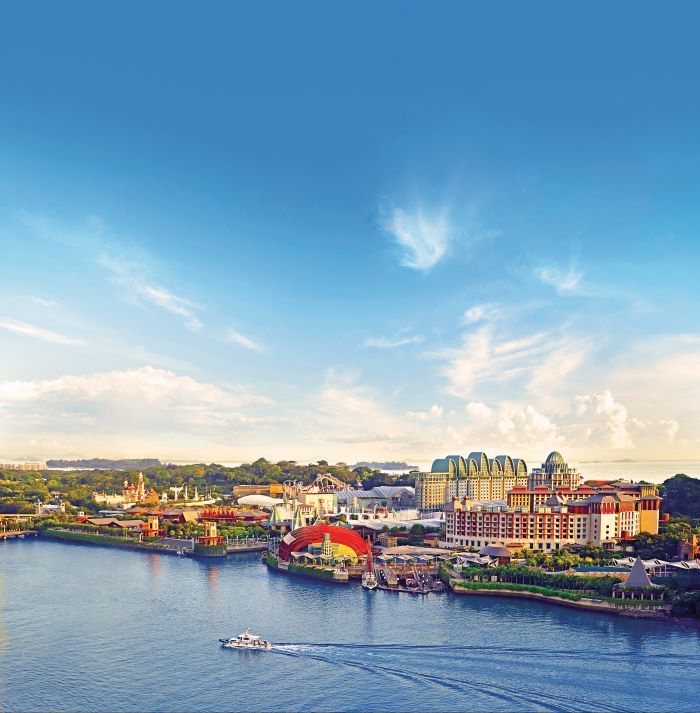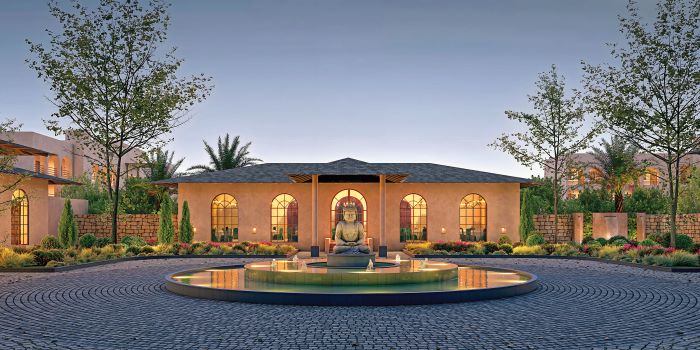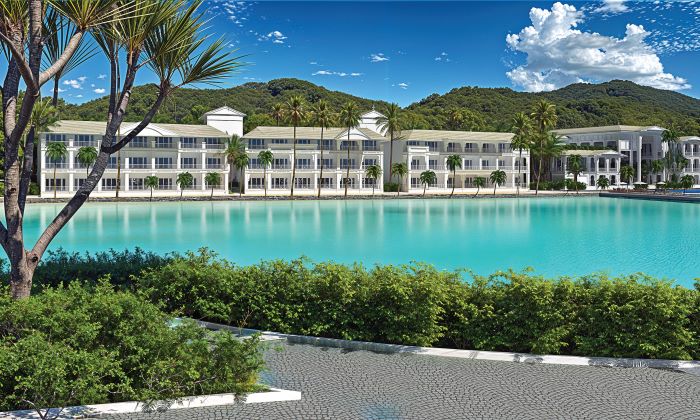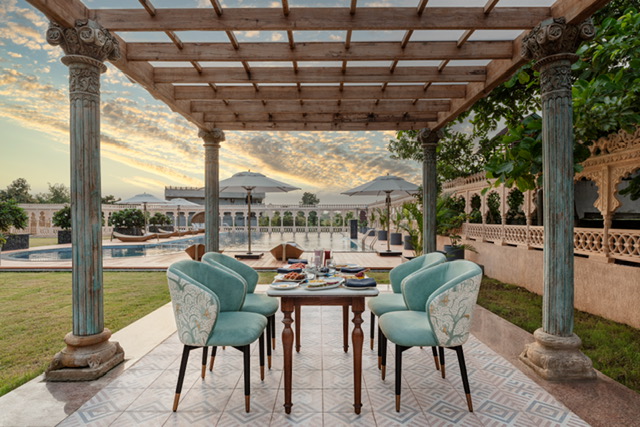Tactful planning and design of BOH spaces can ensure seamless operations of FOH, which directly enhances guest service quality.
Rajat Rialch
The back-of-house (BOH) design plays a significant role in the overall design and functionality of a hotel. A well-planned BOH ensures smooth operations, allowing staff to perform their duties efficiently, which directly affects the guest experience. It reduces the circulation space, minimising the physical movement of team members and services, thereby lessening unnecessary time and energy wastage.
Delving into what project stage BOH designers should be roped in, Rajat Rialch, Founder, HPG Consulting, enlightened that designers should ideally be appointed during the early stages of a hotel project, typically after the feasibility study and conceptual design phases. Involving BOH designers early on ensures that their expertise is integrated into the overall design, addressing operational efficiency and guest experience from the outset.
Design impacts
Thoughtful BOH design includes areas like staff entrances, changing rooms, break rooms, and offices, which contribute to the well-being and productivity of employees. Now many hotels are looking for wellbeing certifications, which is only possible with the right BOH planning.
Rialch emphasised that although guests do not see the BOH, its efficiency and functionality ensure that their needs are met promptly and effectively, enhancing their overall experience. It is all about speed and efficiency coupled with guest service.
Further, effective BOH design enables efficient use of space and cost savings, which can be reinvested in guest-facing areas.
Rise in awareness
Despite high real estate prices, many asset owners and architects do recognise the importance of BOH. It is often the front of the house (FOH) that receives more attention due to its direct interaction with guests.
However, there is a growing awareness of the need to balance both FOH and BOH design to ensure a seamless and successful operation. Proper planning and design of BOH spaces can lead to cost savings, better space utilisation, and improved staff satisfaction, which indirectly benefits the overall guest experience.
He pointed out, “There are only two things that can be controlled which directly adds to the operating profit—energy and staffing. An effective initial design by BOH consultants can navigate these aspects.”
The emphasis on guest-facing areas is crucial because it directly influences the guest’s first impression and overall experiences. “It is the guest experience that dictates the design whereas in business hotels, it is the functional design and operational efficiency. Also, the importance of BOH and staff areas should not be underestimated,” Rialch stressed.
Balancing act
Shedding light on why hotels and restaurants prioritise FOH design, he shared that it is the first impressions that matter. Luxurious, well-designed guest areas can significantly enhance a guest’s experience and elevate a brand’s image. Attractive guest areas are often highlighted in marketing materials and can drive bookings and sales.
However, the BOH design is equally crucial for hotels. Well-designed BOH areas ensure smoother operations, which directly impacts guest service quality. It has a positive influence on the staff’s well-being. Comfortable and functional staff areas contribute to employee satisfaction and productivity, leading to better service.
Sustainable practices
Thoughtful BOH design can significantly drive sustainability and reduce waste in several ways. It enables efficient resource management—properly designed storage and supply areas can tackle over-ordering and reduce food wastage. Incorporating energy-efficient appliances and systems in BOH areas can lower energy consumption. Dedicated recycling facilities encourage proper waste segregation and disposal.
“Installing water-efficient fixtures in BOH areas helps conserve water. Using eco-friendly building material reduce the overall environmental impact of the hotel. Overall, it can lead to cost savings, enhanced operational efficiency, and a smaller environmental footprint,” Rialch asserted.
About the author
Rajat Rialch’s journey from a trained chef to a leading consultant highlights his passion and vision. After working at a top consulting firm, he founded HPG Consulting in 2000, which now spans 34 countries, with notable projects in the SAARC, Middle East, and Africa. He has led HPG Consulting to work with top brands like Hyatt, Hilton, Google, and Microsoft.
“Effective BOH design minimises circulation space and the movement of team members and services, thereby lessening time and energy wastage.” – Rajat Rialch, Founder, HPG Consulting


